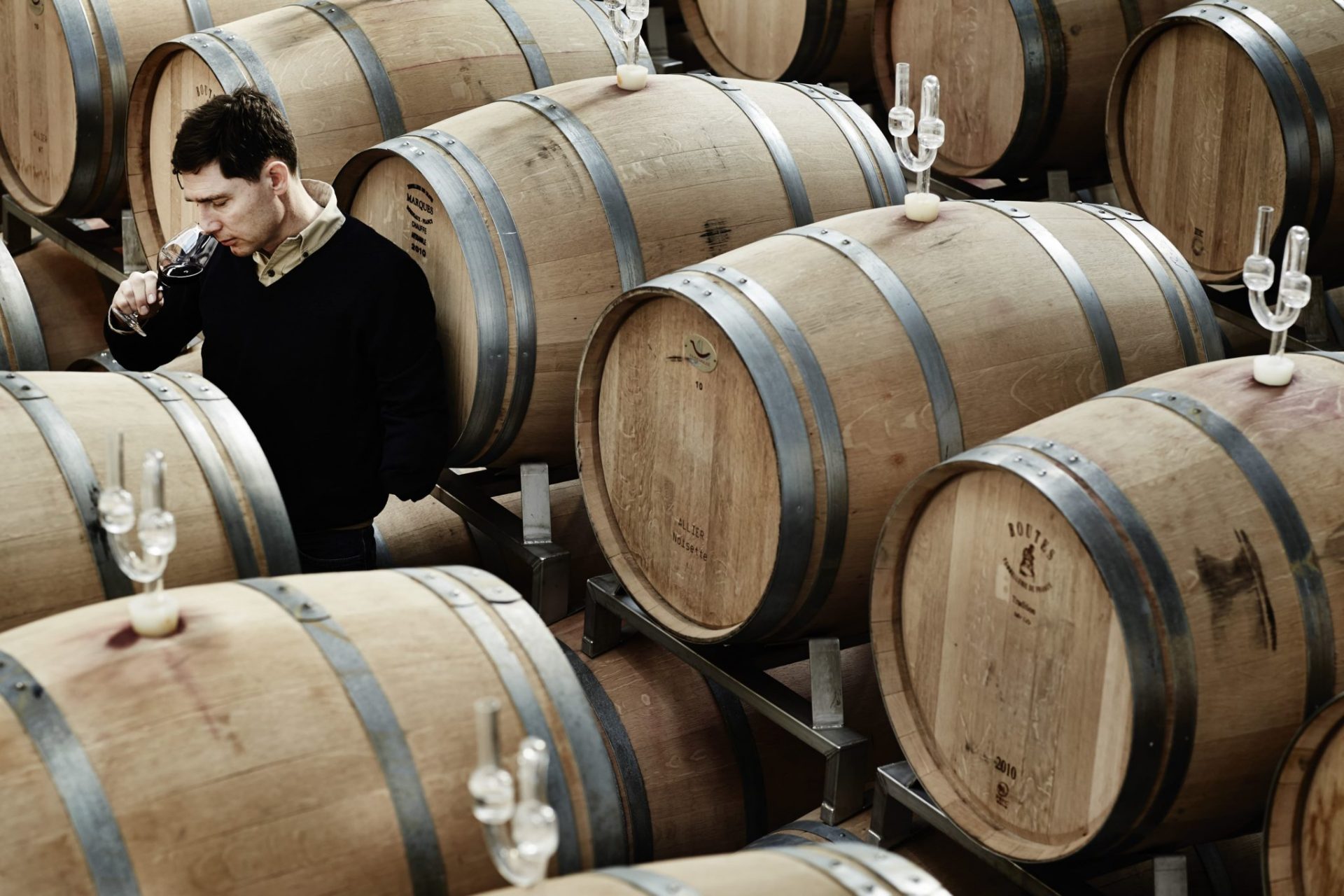Bottling the taste of an heirloom cherry
Safeguarding heirloom species and varieties from extinction is not only a matter of keeping biodiversity. It also promotes diversity in food innovation and exceptional culinary experiences.
Once almost facing total distinction, varieties of the Stevns cherry, named after its traceable origin in a small area in south-eastern Denmark, are now planted and harvested in many parts of Europe.
Unique raw material
Thanks to serious experimental testing of Stevns cherry sorts at the beginning of the Millennium, more than a handful of varieties are now grown systematically in accordance with local growth conditions. These surviving sorts show different unique, innate qualities that are increasingly cherished by growers and wine producers aiming for low-yield, high-quality fruits.
when nurtured by skilled growers, the cherries develop the finest culinary qualities as a raw material, particularly for wine-making
The Stevns cherry varieties, belonging to the sour cherry species, find their ultimate growth conditions along the coastlines of southern Denmark. Here, when nurtured by skilled growers, the cherries develop the finest culinary qualities as a raw material, particularly for wine-making.
Unfolding the quality
The local Frederiksdal Estate has found a way to turn the unique acidity of different Stevns cherry sorts into sought-after wines. The innate tastes and qualities of the fruits are unfolded at the estate in a meticulous work that acknowledges that fruits will show notable differences in taste even in two adjoining fields.
Once the cherries are harvested, the natural wild yeasts on their skin starts to ferment, bringing their flavour to its full intensity. The cherries are then pressed and the juice poured into steel, wood or glass tanks giving a range of different taste profiles. The skins and stones are returned to the plantation to fertilise the soil.
The outcome is award-winning products, just as unrivalled as the cherries.


